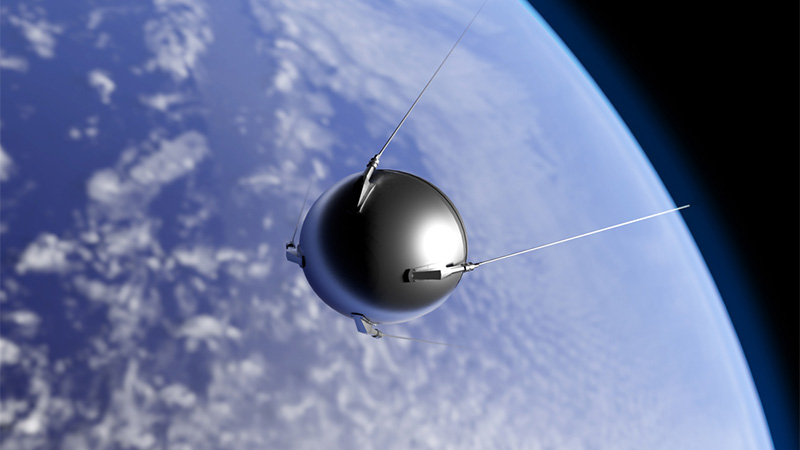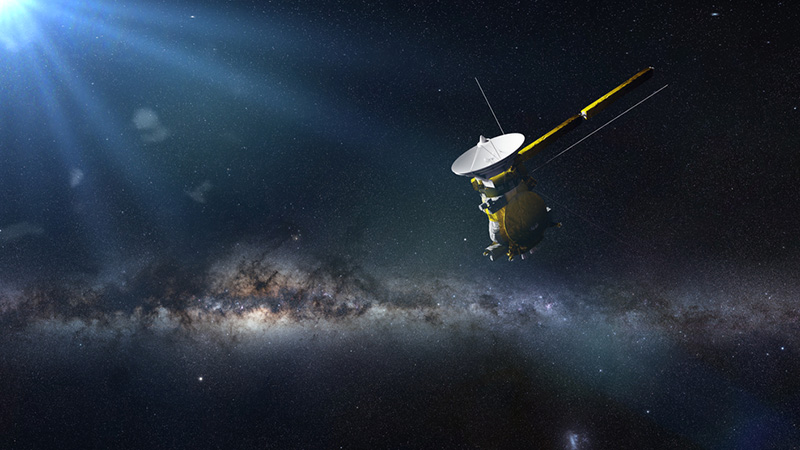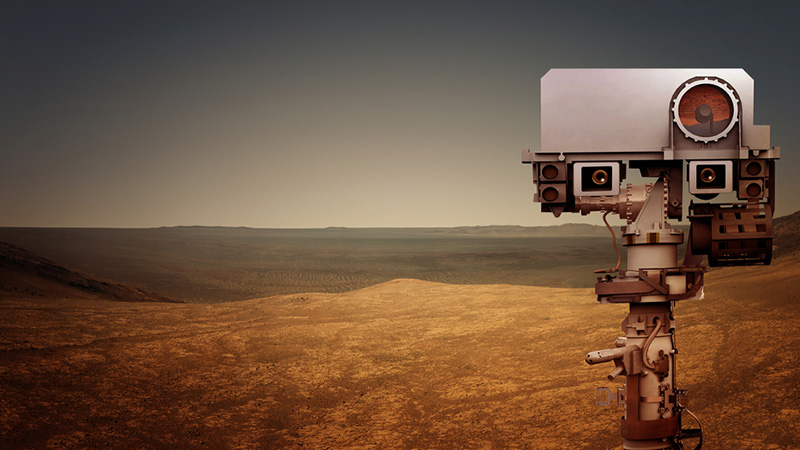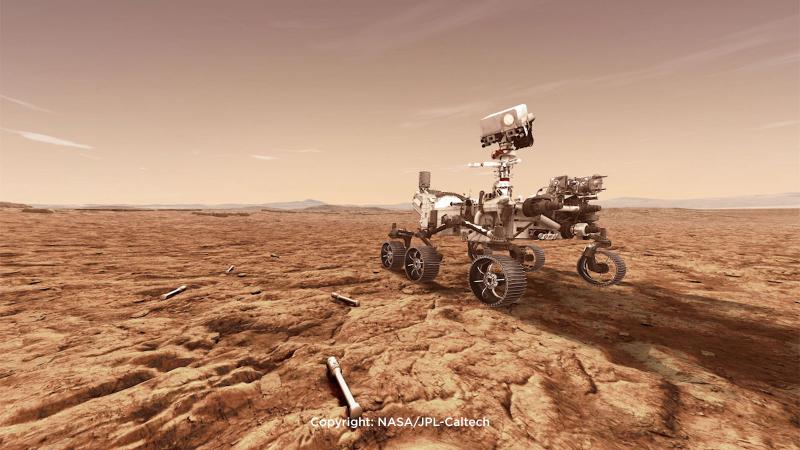What we´ve done in the past proves what we can do in the future
Vaisala´s space odyssey since 1950s
Vaisala has a long history of providing sensors for space explorations, dating all the way back to the 1950s, when Vaisala converted the frequency of a radio theodolite to help track Sputnik I, the world's first artificial satellite. Since then, Vaisala has been involved in a number of fascinating missions, providing technology to help understand the universe.
Since 1992, Vaisala's carbon dioxide, humidity, and temperature sensors have been used to control life science experiments both onboard space shuttle flights and at the International Space Station. Vaisala's pressure sensors were also part of NASA's Cassini mission which was launched in 1997, and in 2005 achieved the first ever landing on a moon in the outer solar system: Titan, the largest moon of Saturn. This is one of the most ambitious missions ever launched into space and ended in 2017.
Vaisala's technology is utilized in space exploration due to their extreme stability, which is vital due to the extreme environmental conditions in space. Vaisala's sensors are able to withstand extreme heat and cold and are highly tolerant of shaking and vibration of the space travel.
1950s: Space journey starts with Sputnik

1992: Space life science research
Since 1992, scientists at Bioserve space technologies at the University of Colorado have been using Vaisala’s carbon dioxide, humidity, and temperature sensors to control life science experiments both onboard space shuttle flights and at the International Space Station. This allows for the regulation of plant growth and animal habitat environments and the study of how they are influenced by microgravity. The findings of such research is vital in determining if food and life support consumables, such as water and oxygen, can ever be produced on board space shuttles, which is necessary if manned flights to Mars and long-distance space exploration are to become a reality. Over the years, Vaisala’s legacy sensors have been replaced with GMM220 series CO2 modules and HMP110 humidity and temperature probes. However, the original sensors continue to deliver reasonable readings, which is testament to their stability and durability in extreme conditions.
1997: Cassini Mission to Titan

2007: Phoenix Mars Lander
In 2007, the FMI (Finnish Meteologial Institute) contributed a pressure measurement instrument based on Vaisala sensors to the University of Arizona-led Phoenix Mars Lander Mission . The project was the first successful landing in a Martian polar region and provided scientists with a number of insights into the climate and geology of this part of the planet. Among Phoenix’s discoveries were the presence of snow and ice at Mars’ pole and the presence of the chemical perchlorate, which is used as food by some bacterial lifeforms on Earth. Such discoveries provided a more detailed understanding of Mars’ climate and weather, and further evidence that the planet may have supported life at some point.
2011: Mars Rover Curiosity

The rover is still active on the Red Planet and the mission, which was originally scheduled for just two years, has been extended indefinitely, with NASA saying it has the potential to continue providing data for 55 years. The launching of another rover is planned for 2020.
Sometimes learning is all you get
Vaisala sensors have also been included in several missions that have not reached their destinations or the goals of the missions.
In 1996, several Vaisala sensors were included in a Russian mission Mars96, which launched unsuccessfully. Highly ambitious at the time, Mars 96 aimed to assess the evolutionary history of Mars’ surface, atmosphere, and inner structure. The technology used in the project has influenced a number of subsequent missions, including the ongoing Mars Express, which is the second longest surviving, continually active spacecraft in orbit around a planet other than Earth.
Three years later in 1999, four pressure sensors and Vaisala thermocaps were included in NASA Mars Polar Lander. It reached Mars successfully, but failed on landing. Several of the instruments developed for this mission were later utilized in the Phoenix Mars Lander mission.
In 2003, a mission called British Beagle 2 had Vaisala’s pressure sensor, thermocap and Capic circuit onboard. It reached Mars, but suffered a communications failure. Features of the spacecraft’s design have since been proposed for a number of other potential Mars missions.

Is there anybody out there?
Yes, we are and have been for decades, and soon Vaisala's technology will land on Mars once gain - in collaboration with the Finnish Meteorological Institute and as part of the new Perseverance Rover of NASA's Mars Exploration Program. High technology, innovations, and curiosity to explore the world have characterized Vaisala from the very beginning. Join us in the exploration!